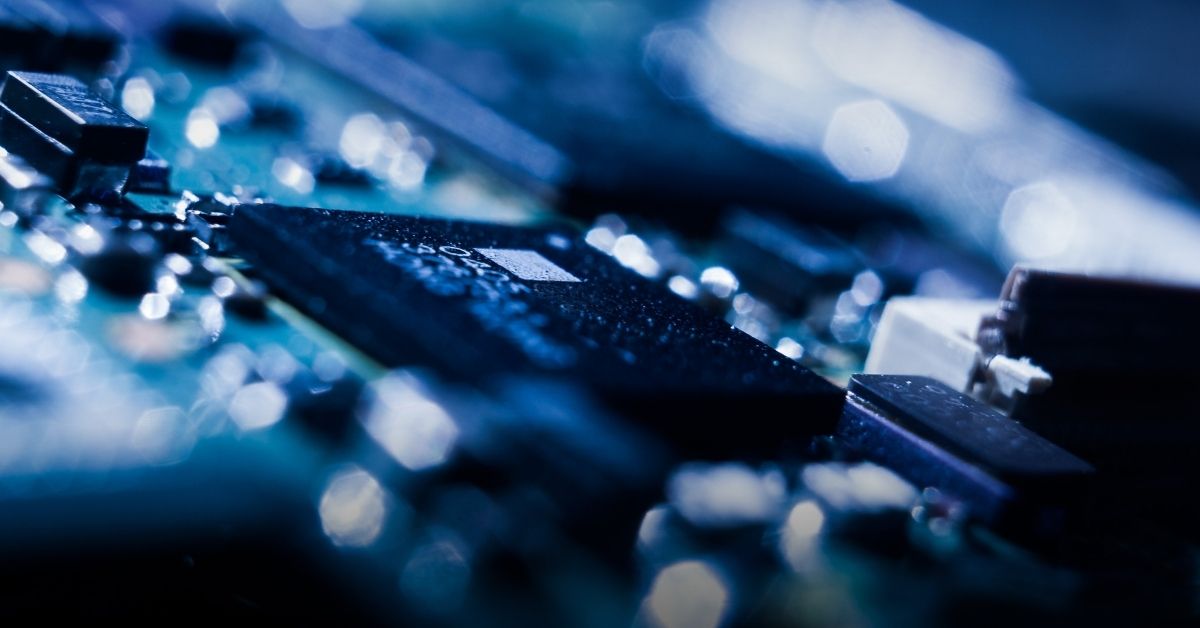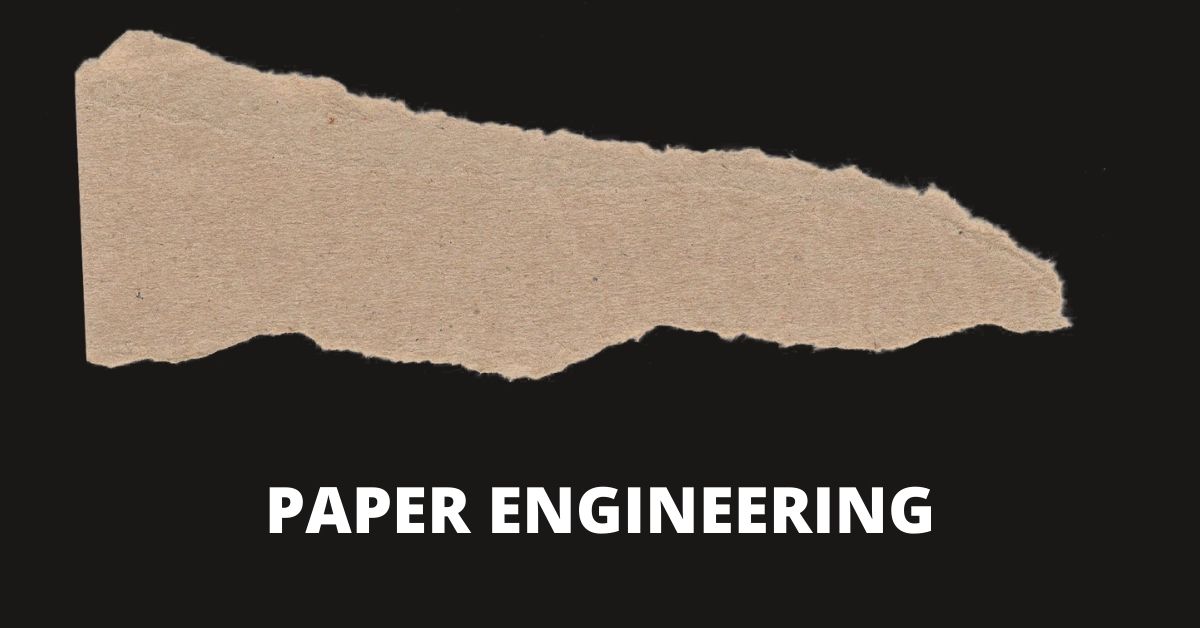Microelectronic Engineering – What is it and How Does it Affect Us?
When you study Microelectronic Engineering, you will learn about the electronics that make up various microchips. These microchips are so small, that they can fit inside the eye. When we look at an object we cannot see the insides, but our mind can. Our brain can see the minuscule movements of electrons as the electron moves from one position to another. These micromovements of electrons are what create the electricity that powers our world today.
The amazing thing about microelectronics is that it was the development of this technology that led to the development of the Internet. It was Bell Labs that discovered the effect of tiny particles of metal moving together. They named this phenomenon, “bell waves”. These tiny particles are called electromagnetic transistors. This invention came from the study of electronics, which uses these Bell waves to send information in packets.
Today we use a microchip connected to multiple electronic components to help us with our day-to-day activities. We use microchips connected to personal computers to access the Internet. In addition, we use microchips connected to consumer electronics to help us with our everyday tasks, such as powering our homes, entertainment centers, and GPS devices. Microelectronic engineering is now playing an important role in the high technology world of our modern society.
How does a microchip work? It’s really quite simple. Picture a pin-like object with two wires on both ends. One wire is the pulse width modulation type of microchip and the other is the binary mode. The pulse width modulation allows the computer to use certain patterns of light that it perceives from an electric field. The binary mode microchip is used to store and retrieve data.
A microchip’s surface may be made of many thousands of tiny crystals or nano piezo crystals. These are arranged in a grid on a chip’s surface. These crystals are electrically charged and pass electric currents when they are near a conducting material. If the current passes through an area of low solute concentration, then the crystals produce a detectable pattern of light that the computer can read. This is what makes a microchip very small and portable.
Microchips have many applications in the computer and technology industry. For example, a microchip could be programmed to perform any task that you might want it to perform. A good example of this is a programmable logic gate, which is programmed to output a specific output, to input a specific number. The gate may be programmed to accept a power signal, perform a random function, or even perform a non Random number sequence. This non Random number sequence, called a NAND function, is commonly used in random number generators.
Microelectronic engineering also uses microchips in a larger fashion. Some of these applications include microcomputer programming languages such as MicroASM and MicroCAD. These languages allow for the programming of microchip-controlled systems, and thus control of industrial electronics. They are also used in digital signal processing, digital electronic circuitry design, and digital image processing. In addition, they are used in communication technologies by way of RFID tags, SMS, cell phone, PCS, and other communication technologies.
With all the amazing things that have been accomplished with the use of the microchip, we need to remember that these amazing devices have always existed. The first one was in the year 1940. Today, they are used in our most basic of everyday life. Even though they seem so complicated, they really are not and have stood the test of time for over 60 years.
Microelectronic engineering is just the latest of a long series of advances in science. In the beginning, electric motors and generators were created using the principles of electrostatic attraction and repulsion. Today, these are used to power machines such as forklifts, bulldozers, wind turbines, and ambulances. The principles behind the microchip are so advanced that even electrons can be manipulated within the semiconductor.
There are many applications and uses for this new technology. From diagnostic purposes to completely new fields of engineering, there is a lot of potential here. From medicine to aerospace, this is a huge area of focus and promise. For example, by placing microchips on the heads of surgeons operating inside of the human body, they can diagnose diseases much more quickly and efficiently than doctors could before. Once a disease is properly diagnosed, the doctors can then administer the proper treatment much more effectively.
Microchip technology will continue to advance at an incredible rate. Every day we see new and exciting things being created with it. This is only the beginning, and we have yet to even see what all of the future holds for this amazing technology. If you are involved in the chip industry or simply interested in the applications of microchips, you should definitely keep up to date. It’s an interesting and fast-paced industry, to say the least.




